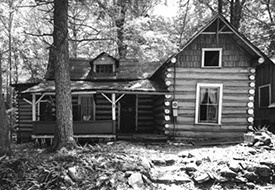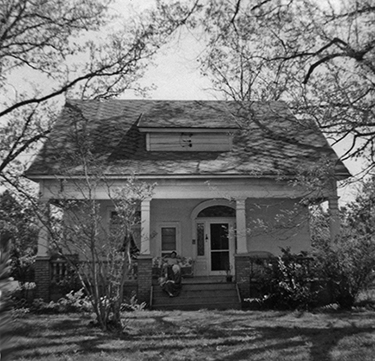 |
|---|
I've always liked old buildings. My grandmother's house, where I spent a lot of time as a kid, wasn't really all that old, but it seemed ancient, mostly because we almost always lived in new houses. My mother was a builder and would build a house, live in it for a year or two, and then build another one—my folks moved sixteen times before I graduated high school, and four more times after that.
For most of my career, my life and livelihood have revolved around old buildings in one way or another. A few of those buildings I have had the good fortune to know in some detail, often before a well-intentioned restoration, ill-advised remodeling, or sheer neglect destroyed the historic structure. I still like nothing better than looking at an old building and researching its history in order to figure out when and how it was constructed, how it evolved over time, and why the heck things were done the way they were done. If I get to write about it, draw it, or whatever, so much the better.
Most of the work presented here is my own from the last thirty years, but all history and, especially, building investigation and documentation is collaborative, beginning with mostly wonderful clients who saw fit to engage my services to investigate and document these buildings. Librarians and archivists too numerous to mention have contributed in so many ways to all of these reports, and colleagues at the National Park Service (NPS) made major contributions to several of those posted here while I worked there. I hope that they have been properly credited within each report. Any shortcomings or errors, however, are totally my own.
With a few exceptions, these studies are structured around similar components: an historical context outlining the people and events associated with the building; a chronology of construction, later alterations, and use; and a description of the building as it existed at the time of the study. Recommendations for conservation of the building were included in all of the NPS studies and some of the others, but these have mostly been removed from these postings since they typically deal withi immediate concerns that have since been addressed.
The Historic American Buildings Survey, which began in 1933, has recorded thousands of the country's most-significant historic structures. Of the buildings surveyed before World War II, over half had been demolished by the time the National Historic Preservation Act was passed in 1966. Of the fifty-seven, far-less significant buildings that I have documented here, eight have been lost since 1995.
Some of the pages are not displaying properly, but I am working to correct those problems, while adding some new information along the way.
So herewith is a little curio cabinet of historic buildings that I have known, put forth in no particular order for your amusement and/or edification. Each photograph below is linked to a web page or a PDF file. They are posted here for educational use only.
| Tommy H Jones |
|---|
Atlanta, Georgia May 2019 |
![]()
![]()
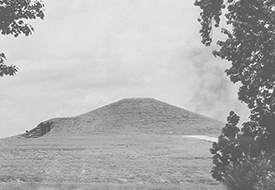
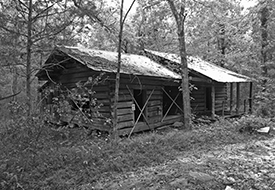
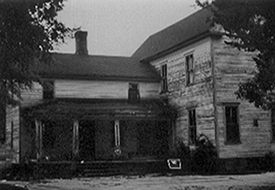
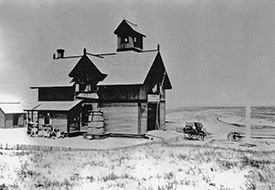
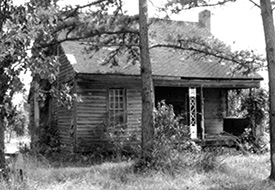
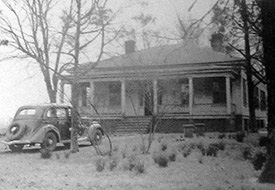
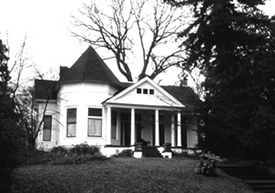
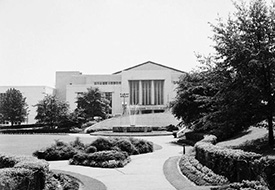
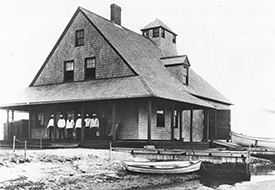
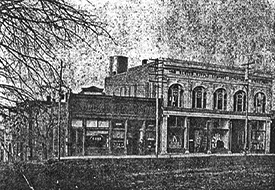
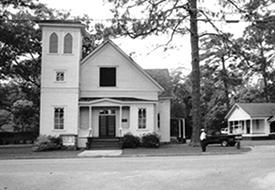
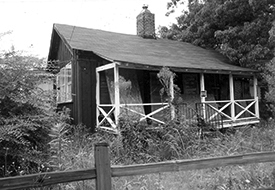
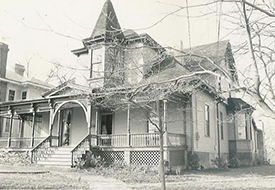
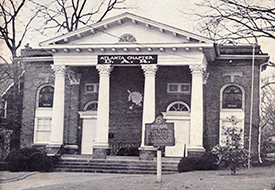
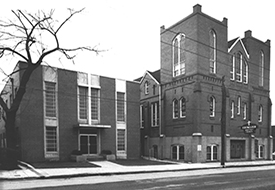
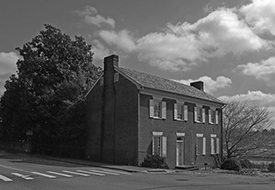
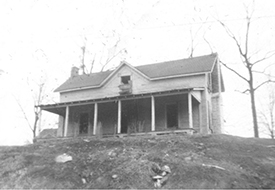
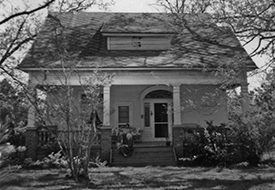
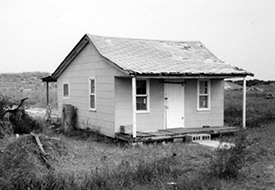
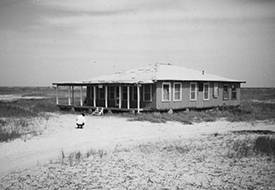
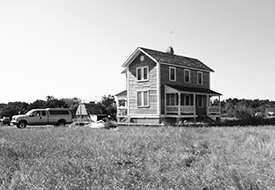
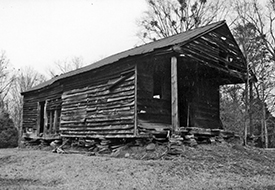
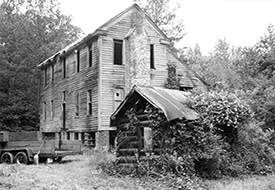

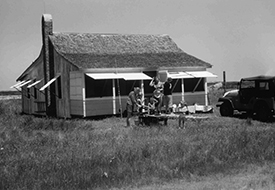
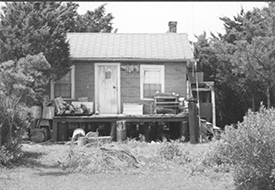
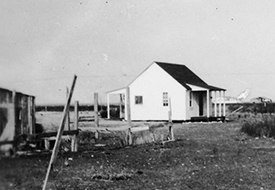
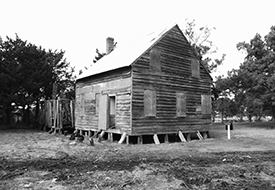
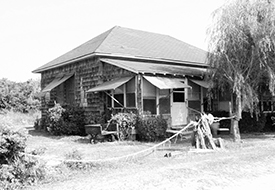
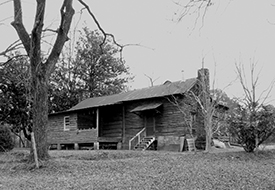
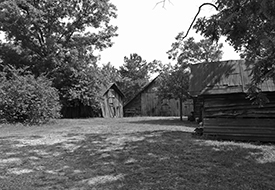
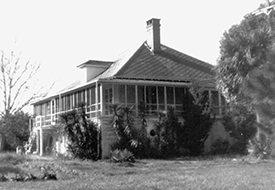
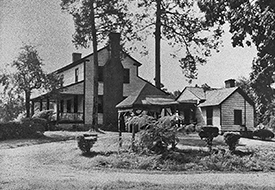
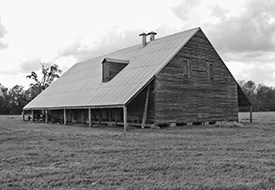
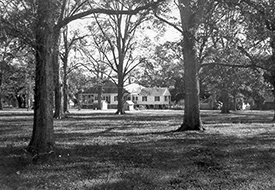
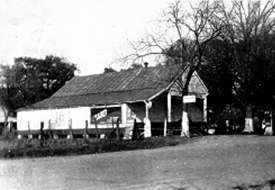
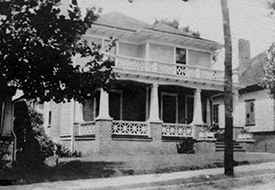
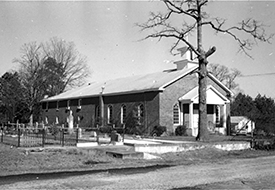
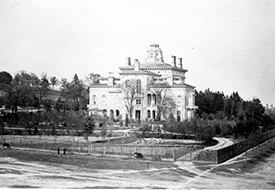
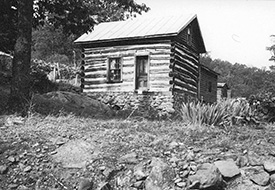
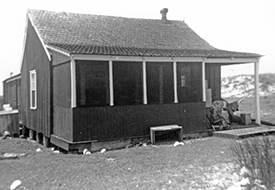
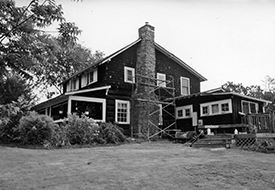
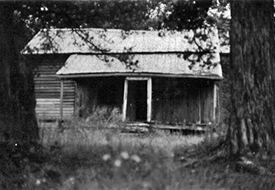
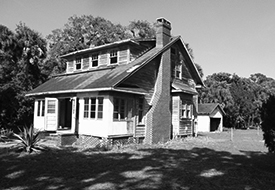
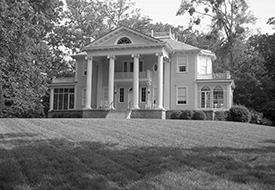
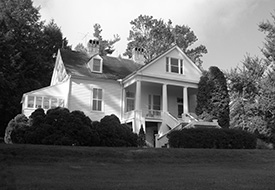
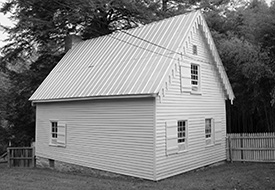
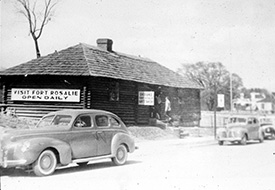
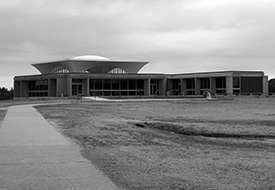
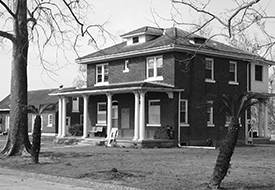
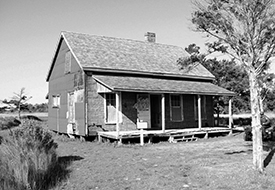
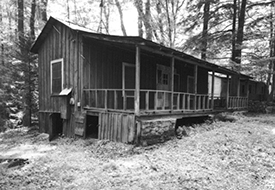
X.jpg)
